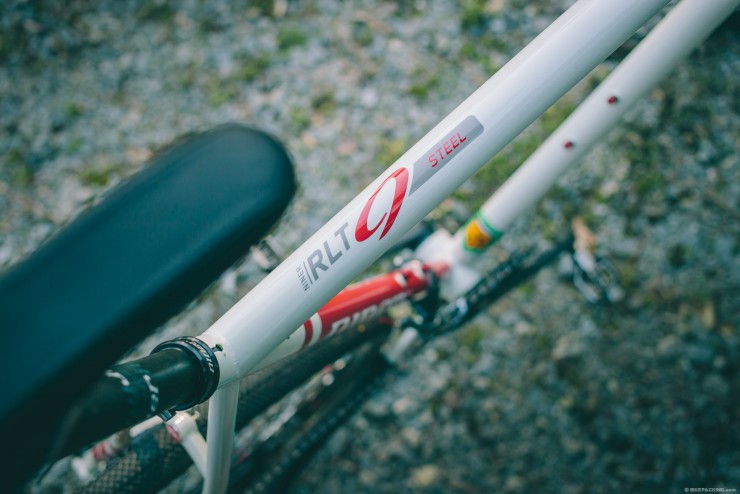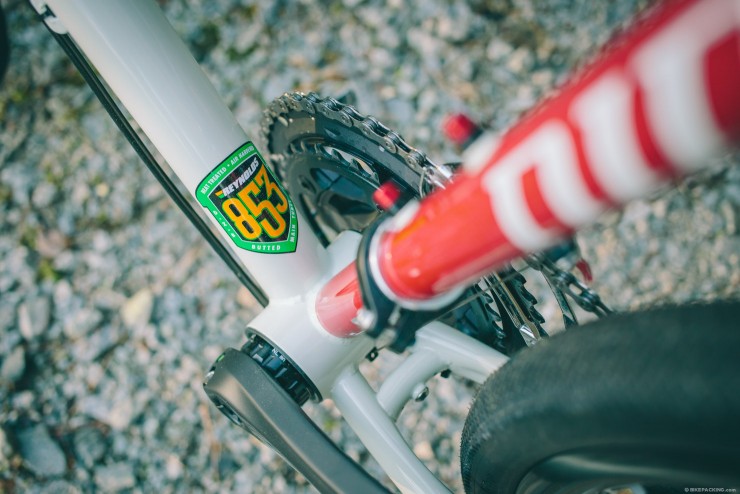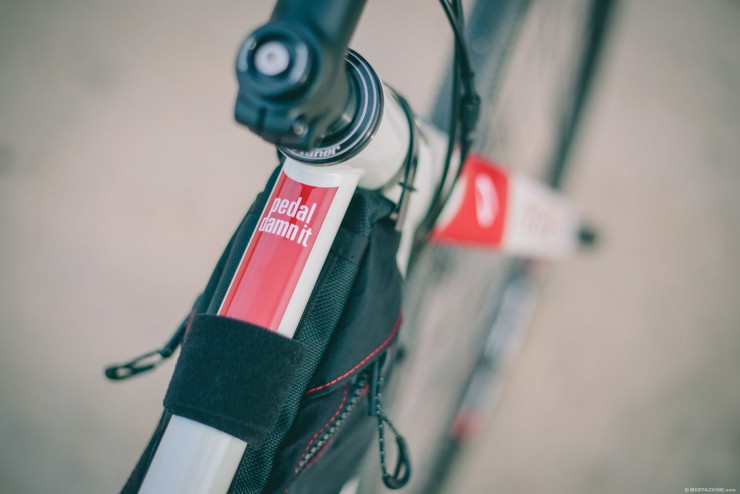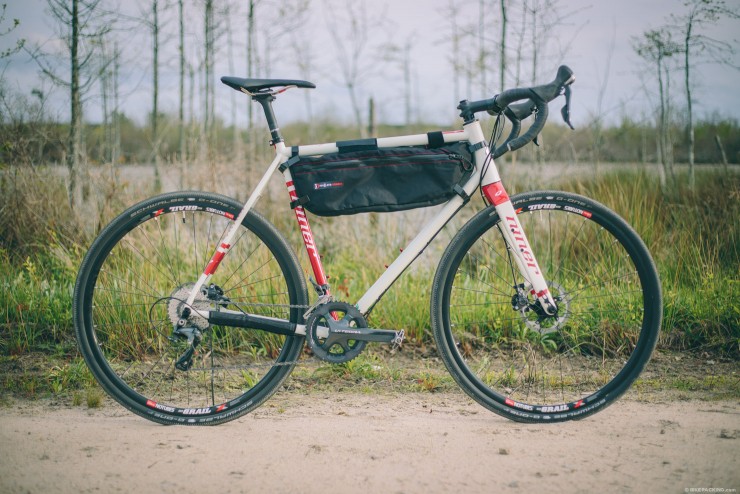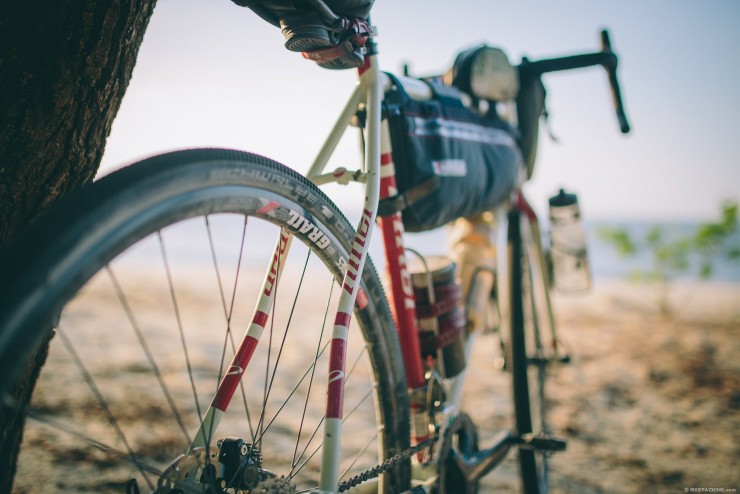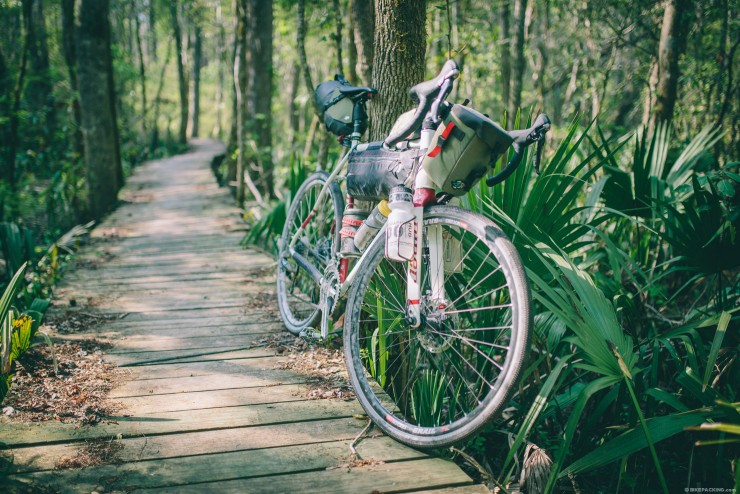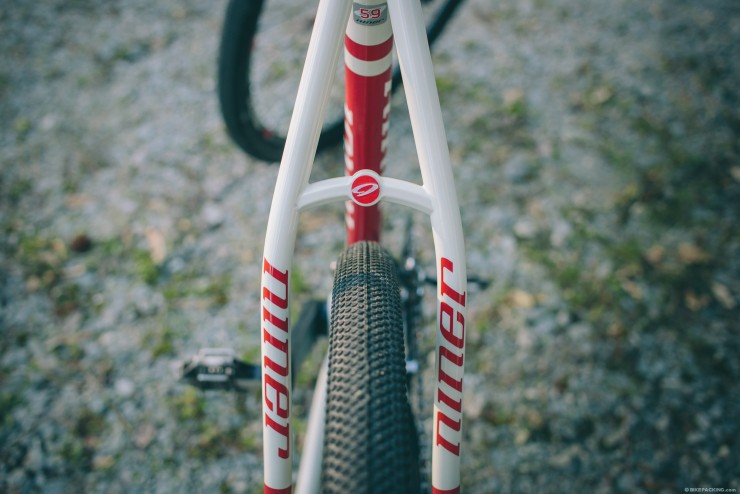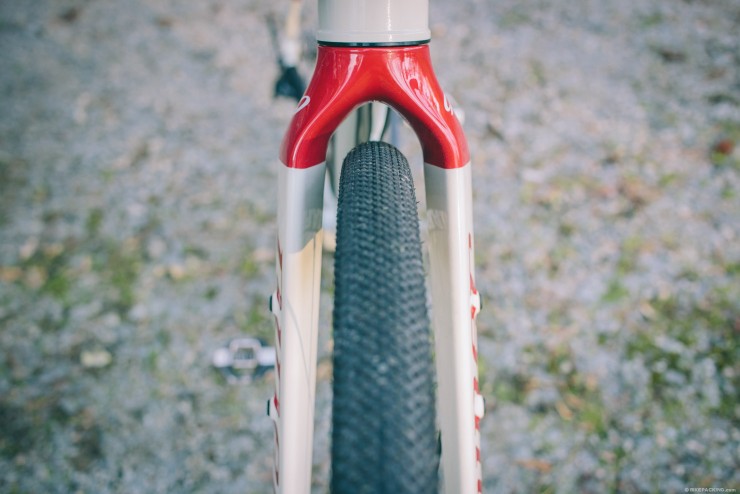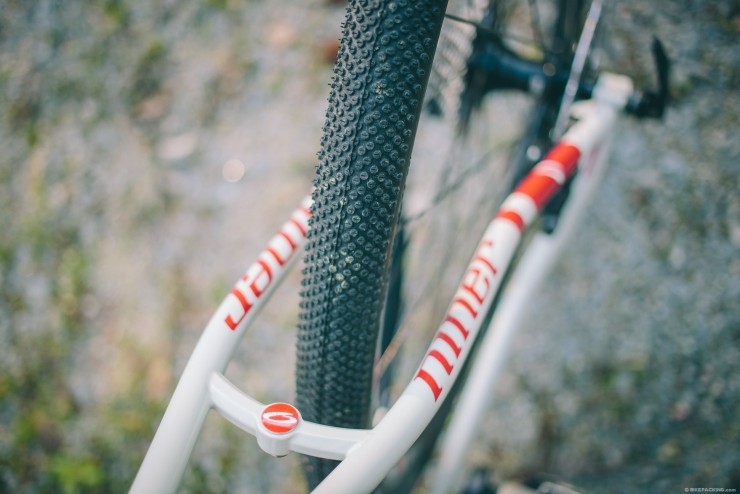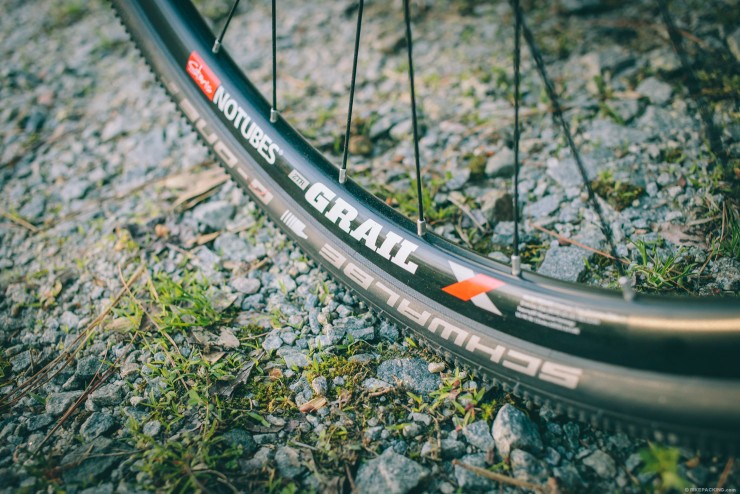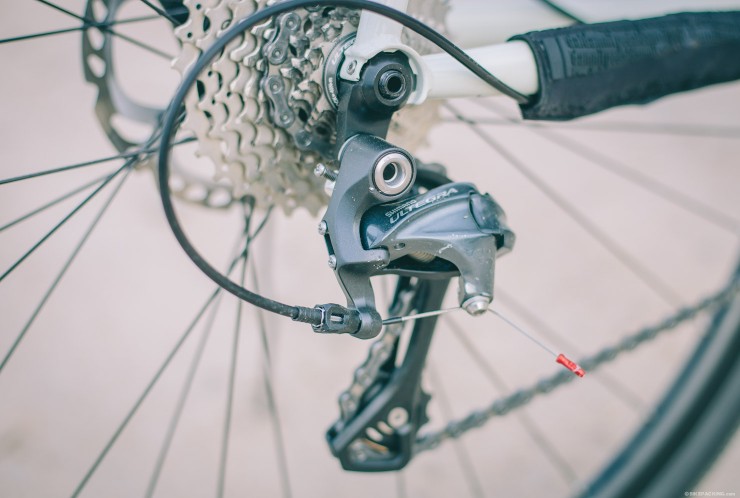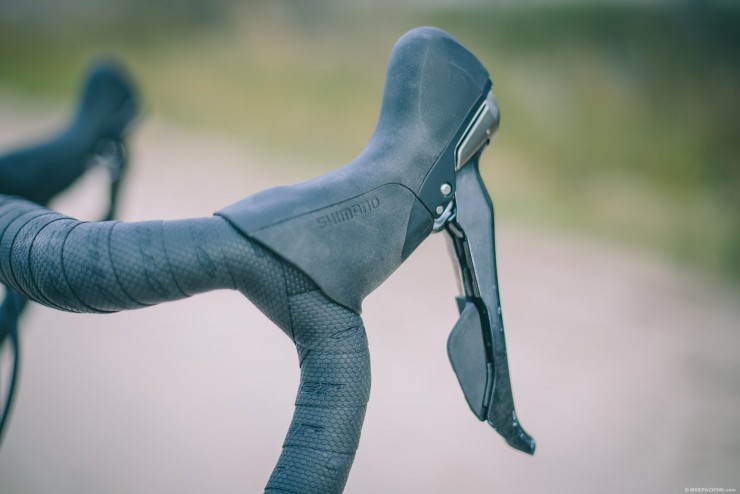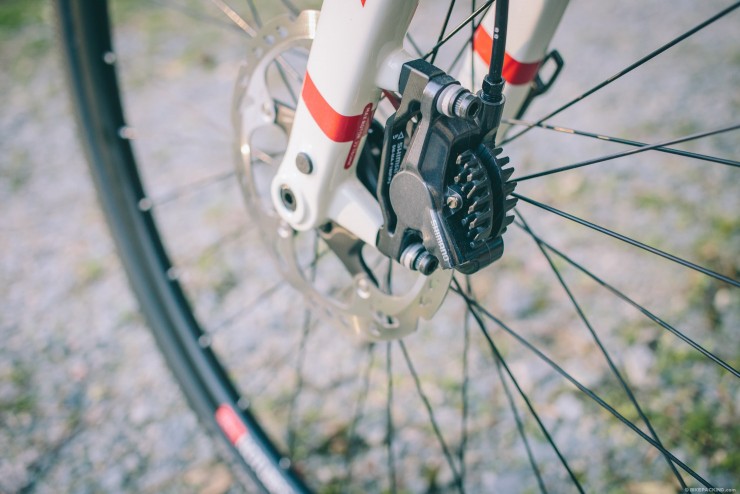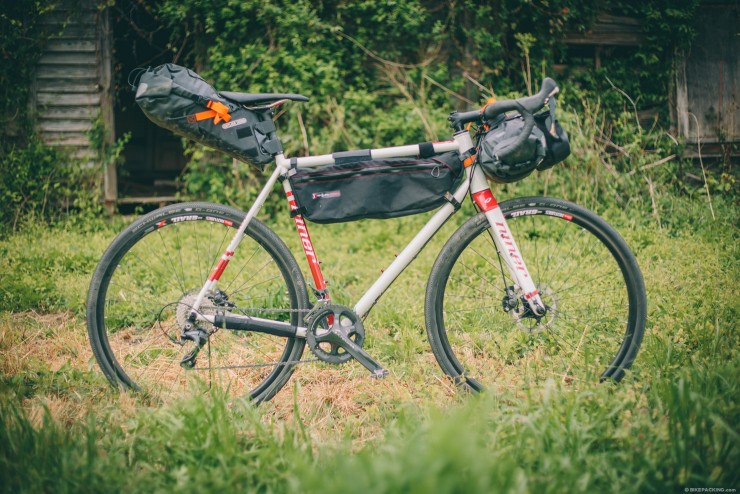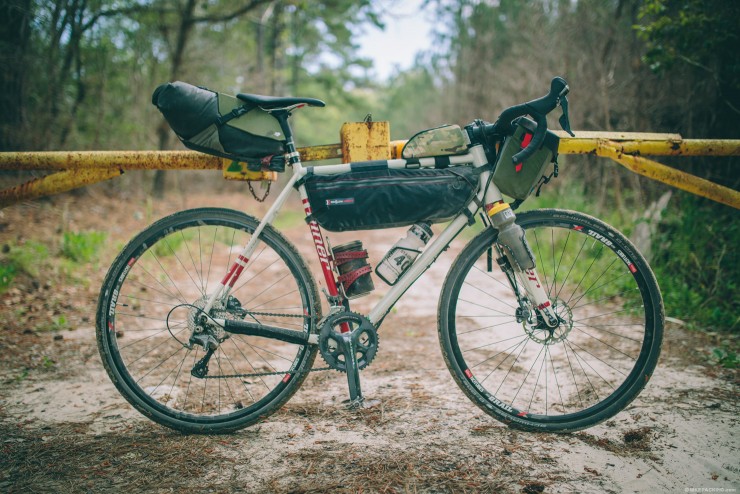Niner RLT 9 Steel Review: Gravel is the new dirt.
Whether labeled gravel, all-road, adventure, or a jumble of those terms, it’s hard to ignore the wave of genre-blending cross bikes that have slammed into the marketplace recently. One such rig, the Niner RLT 9 Steel, seems to do each of those words justice…
While hotfooting uphill on a crushed rock road north of Morganton, NC, I couldn’t help but admire how much ground I’d covered in just a few hours. Granted, part of that morning was a blur in the form of a 20 mile gravel descent. But for a bikepack, I was moving at an abnormal pace… really quickly. Sure, I’ve been serenaded by the fast crackling sizzle of gravel plenty of times, but never on a bike made specifically for it. Speed is what lured me onto this purpose-built bike in the first place — or more specifically, the ability set out from virtually anywhere, quickly find some forgotten stretch of pisté, and revel in an overnight sojourn — quickly and find being the key words there. For me, this type of riding was a Road Less Traveled; so it was only fitting that the RLT was my hook, line, and sinker…

A Heart of Steel
A few months prior that trip, I was browsing the latest crop of ‘adventure’ bikes. Just a few seemed to possess all the proper bones—underpinnings such as the capacity for beefy 42mm (AKA 42c) tires, braze-ons in all the right spots, and a finely tuned geometry that’s stable on long rides, yet hearty enough to have a little fun on singletrack. The Road Less Traveled (RLT) 9 ticks all those boxes and one more. While Niner launched the RLT platform with a flagship Alloy model, it’s successor, the RLT 9 Steel forged the last linchpin. Honestly, it never ceases to surprise me when an aluminum frame is released that’s slated for adventure, gravel, or any other type of high-mileage off-tarmac riding. Steel is, in my opinion, is the most comfortable and versatile frame material made. Needless to say, Niner had longer rides, more terrain, and heavier loads in mind for this bike—evidence that more and more companies are turning back to the timeless material for this ‘category’.
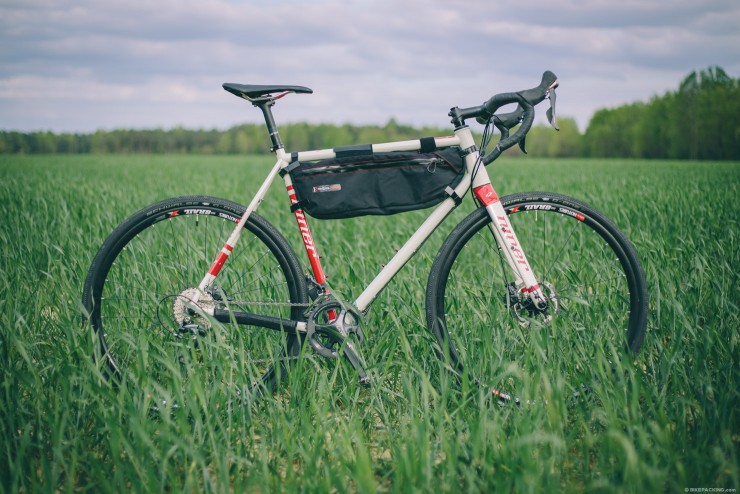
More explicitly, the RLT 9 Steel frame is constructed of high-grade oversized Reynolds 853, considered by some to be amongst the most desirable cycling tubesets out there. Reynolds actually states that the “strength to weight ratio of 853 is close to that of quality titanium”. I can’t claim to have proven that statement, but after months riding the RLT, I can claim that an 853 frame can be surprisingly stiff, extremely compliant, and still do a damned good job absorbing the chatter that gravel roads can dish out.
Not all the applause goes to the frame material though. The performance of the RTL 9 Steel is no doubt due to a thoughtful design. Niner clearly paid homage to the time-honored material through classic lines, but they also embraced current tech. While the frame has a straight-tube layout, the seatstays have an elegant lateral curve which allows the steel’s vibration dampening to shine through at the bike’s rear-end. A tapered headtube serves to increase stability and tracking over rough terrain. And Niner added a carbon fork to smooth it all out. In addition, the dropouts on both ends are thru-axle—142mm x 12mm rear and 100x15mm front. On the one hand, thru-axle hubs add stability and responsiveness to the RLT, as well as a nice modern touch. But on the other, it means any older wheelsets hanging in your workshop won’t be of any use.
For added versatility, Niner employed a Pressfit 30 bottom bracket shell which can also run Niner’s BioCentric (eccentric) BB for either fine tuning the geometry, or chain-tensioning duties when paired with a singlespeed or internal gear hub. Another nice modern utility, but some might complain about Pressfit. The arguments for threaded-type bottom brackets abound, but two are the most relevant: 1. threaded cups can be serviced with wrenches and drivers that are fairly prevalent; 2. threaded type bottom brackets seldom creak, while at present, press-fit bottom brackets often creak. Although, the RLT developed no such creaks during my time with it.
It’s worth adding that the carbon fork on the RLT is one of just a couple currently on the market with integrated bottle cage mounts. Kudos to Niner … there’s simply no reason why any bike branded for adventure should have a fork without cage mounts. All accounted, Niner included a bevy of bosses that’s more than enough for bikepackers, and likely sufficient for most touring folks. Three additional sets of bottle cage bosses are at the triangle, and the frame features both front and rear rack mounts. The aesthetics of the RLT frame aren’t too shabby either. While I usually lean toward minimalist graphics, the dark red and off-white grew on me. And although it’s a really unique look, I’d probably be torn between it and the gray and orange model.
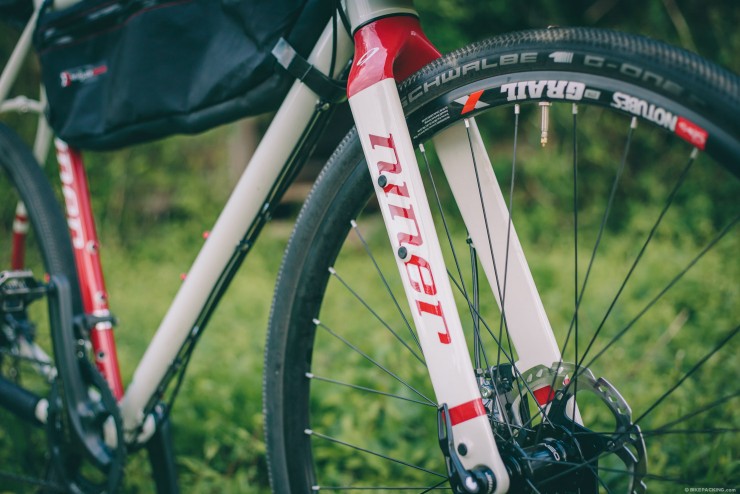
All-Day Adventure Ride
My first ride on the RLT was a 20 or 30 mile road loop I’d ridden way too many times. I expected to be bored. On the contrary, that usually mundane flat stretch of pavement was quite fun that day. The RLT felt fast, confident, and just plain good. I settled into it readily and found myself out of the saddle sprinting and admiring its stability and quickness. Ultimately I rode it on countless afternoon road rides, a few century day trips, and several gravel overnighters, a couple of which had a significant singletrack component. On gravel, even with 35mm (35c) tires, the RLT Steel feels dreamy. Its ‘All-Day Adventure Tuned Geometry’ sports a slightly longer chainstay, lower bottom bracket and slack(ish) head tube angle. Niner touts this as an ideal combo for extended hours in the saddle without compromising ride control. Honestly, the bottom bracket isn’t that low with a 65mm drop, the chainstays aren’t too long, and at 72° the headtube angle isn’t that slack, but I found it to to be a pretty magical and well thought out geometry. It tracks fairly well, soaks up long days, and is still playful enough to prompt a few grins from time to time. On singletrack I was even more surprised. I primarily ride drop-bars on the hoods. The wide 44cm Niner bars paired with meaty RS685 hoods make a solid enough cockpit to toss the bike around rooty singletrack.
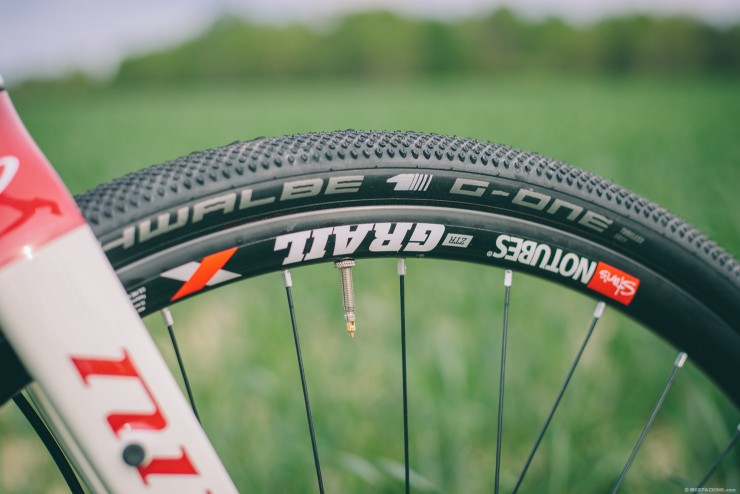
The RLT was set up tubeless, out of the box. Why aren’t all bikes stock tubeless these days!? While loaded I ran the pressure between 25-30psi, which also helped subsidize the comfortable ride. I found the 35mm Schwalbe G-One tires to be fairly versatile. They are great on the road, pretty good on gravel—depending on the grade—but bad on the steep and crumbly stuff. Ultimately I’d swap them for 40mm (AKA 40c) tires, probably WTB Nanos. I actually have a new pair in a box, but ended up leaving the G-Ones on for the duration, just to get a full evaluation. Niner suggests 42mm as the maximum tire width for the RLT; based on what I’ve read, 45mm rubber fits comfortably in the rear stays but may be tight in the front fork, depending on the tire brand and model. The NoTubes’ Grail rims are good too. The seal was broken somewhere in transit so I had to reseat the bead after the initial unboxing… it was quick work with a floor pump. Running lower pressures I did skull a few rocks here and there, but the Grails show no dents, contrary to expectations.
Build Kit
The RLT 9 Steel comes in a few kit options, ranging from their 5-star, Di2 Ultegra model priced at $6k, down to the 2-star 105 build at $2,500. You can also purchase the frame alone for $1,500. Niner sent us the 4-star Ultegra Hydro package and it seems to strike the perfect balance. While some the lesser models are equipped with BB7 mech brakes, I was more than happy to see hydros on this one. It offered more than adequate stopping power which allowed me to remain confident on the hoods, even during tricky descents. That said, if you plan on getting this bike for long-term travel, mechanical disc brakes might be a better option. Other standouts in this kit included the aforementioned Grail rims, a notably comfy Niner Saddle with Ti rails, and an Ultegra 2×11 drivetrain, which was probably one of the most buttery smooth derailleur drivetrains I’ve ridden to date. Although I was hard-pressed to find negatives in the kit overall, the gearing was one of them. For loaded steep climbs, the 11-32T cassette paired with a 46/36T rings in the front, wasn’t nearly enough. I suspect a 32 in the front with a slightly wider ratio MTB cassette would be better for bikepacking purposes.
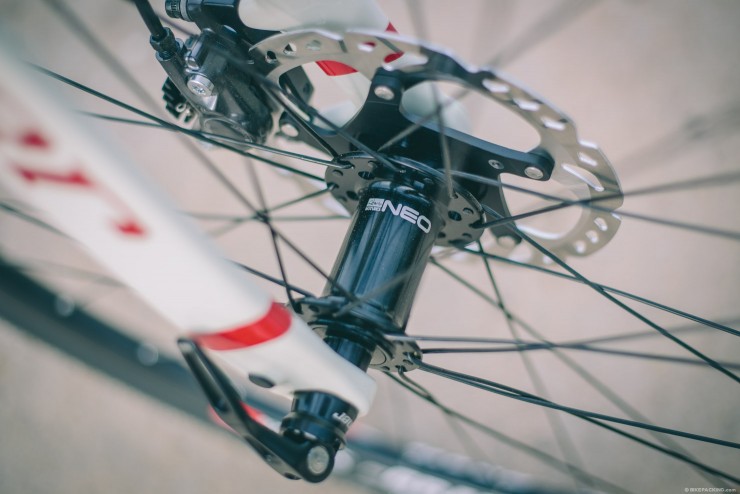
- Frame: Reynolds 853 steel, Dirty White/Ringer Red, 59cm
- Front Fork: Niner Full Carbon Fork, 15mm thru-axle
- Wheels: NoTubes 3.30/ZTR Grail, 15mm Front, 142X12 Rear
- Tires: Schwalbe G-One Evo SS, Folding, 700 X 35
- Brakes: Shimano RS785 Hydraulic With 160mm Rotors
- Crankset: Shimano Ultegra 46X36T
- Derailleur (rear): Shimano Ultegra GS 11Sp
- Derailleur (front): Shimano Ultegra
- Shifter Rear: Shimano RS685 11Sp
- Shifter Front: Shimano RS685 2Sp
- Cassette: Shimano 105 11Sp 11-32T
- Chain: Shimano 105 11Sp
- Handlebar: Niner Drop Top Alloy/Niner Bar Tape
- Stem: Niner Alloy
- Headset: Niner sealed
- Bottom Bracket: Shimano BBR60
- Seatpost: Niner Alloy, 400MM
- Saddle: Niner Custom With Ni-Cro Ti Rails
Pros
- Great all-around geometry that’s comfortable on long stretches yet maintains a nimble feel for singletrack as well.
- Finally, someone put cage mounts on a carbon fork.
- Tire clearance for 1.75″/45mm rubber.
- Downtube bottle bosses; in my opinion, any adventure bike should be equipped these… but many don’t.
- The graphics aren’t so bad; I am typically a minimalist when it comes to paint, but the off-white and dark red grew on me.
Cons
- Terrible gearing for loaded bikepacking on steep terrain.
- The Schwalbe G-One Tires are actually a really nice tire, until you get out of the saddle on steep loose gravel; I have a pair of WTB Nanos 40c and plan on popping those on next mountain trip.
- The 4-star model isn’t cheap; but for $2,500 you can get a 2-star build with a lesser Shimano 105 drivetrain and mechanical BB7 brakes.
- Model Tested RLT 9 Steel 4-star Shimano Ultegra Hydro
- Size Tested 59″
- Sizes Available 47, 50, 53, 56, 59, and 62cm
- Weight (as tested) 23lbs (10.4kg)
- Price $4,000
- Contact Niner Bikes
- Recommended Uses Gravel riding, all-road bikepacking, touring… and even some singletrack.

Wrap Up
No bike can be perfect. There are always flaws. Usually they rear their ugly heads on the first few rides. Some of them you learn to live with and may even blow off eventually. Others might just be fit issues. Some are more technical. On the RLT 9 Steel, I actually had to dig deep to find any such gremlin. On my last brutally steep S24O trip (6,500’ of climbing in a day) I did take issue with the gearing and its limited range for loaded bikepacking; out of the saddle hammering was no match for those hills, and the tires couldn’t keep traction. The tires are a quick fix, and considering that the gearing is specific to bikepacking on steep hills, I can’t fault Niner too much; although with adventure in it’s description, they should have fitted it with an MTB cassette and maybe a few less teeth up front. A few might worry about the Pressfit bottom bracket, and I might if I were to court this bike for multi-month overseas odysseys. But for what the RLT is, it’s fine.
All told, the RLT 9 Steel is a bike that’s damned near perfect for what it’s trying to be—a go getter rig destined for weekend adventures, a gravel grinder that begs for all-day rides, and a light touring bike that offers a ticket to lesser used tracks. It’s carefully conceived bike that can cross genres and be fast, nimble, and just as happy on dirt roads as it is on tarmac. But more importantly, it seems like the ideal tool for quickly getting out there on overnight trips using roads, gravel and tracks that at your disposal. I like to test bikes, a lot. And of course there are few I’d like to keep, but only a few that I’d buy. This is one of them.
Rider’s Background
Between big trips, I can usually be found riding my favorite trails in Pisgah, NC, or tacking together 4 or 5 day bikepacking trips throughout the eastern US and beyond. This past winter, Gin and I designed and rode the Trans-Uganda and Altravesur bikepacking routes.
Height: 6’0”
Weight: 170 lbs
Inseam: 33”
Disclosure
The Niner RLT 9 Steel was loaned to me for the duration of the review period.
FILED IN (CATEGORIES & TAGS)
Bikepacking Bikes
Drop-bar & Gravel Bike Reviews
gravel-bikepacking niner-bikesPlease keep the conversation civil, constructive, and inclusive, or your comment will be removed.










